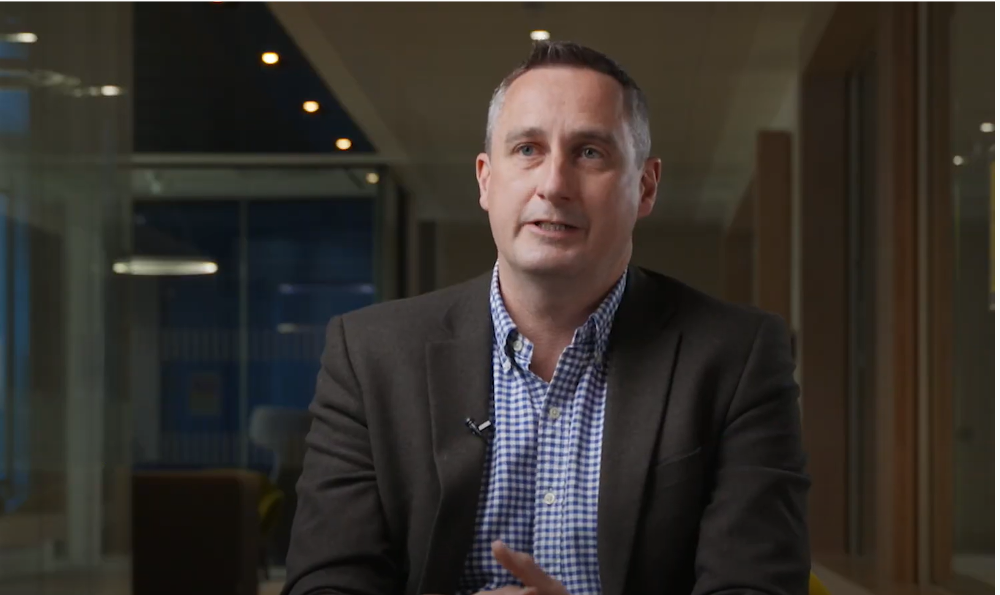Strong cashflows bolstered by low input costs are the order of the day in the Irish farming world, notes head of Agri at Bank of Ireland Eoin Lowry.
Farmers continue to deleverage as record agri commodity prices support strong profits and cashflows on farms.
In the 12-month period to the end of June 2022, the outstanding level of debt on Irish farms fell by €235m to €2.8bn – the lowest level in more than 10 years. Farmers are also borrowing less – in the 12 months to end of June 2022, new loans to farmers fell by 25%.
“For 2022, the sector looks set to have one of the most profitable years in recent history. This places it in a strong position to absorb inflationary pressures into 2023”
This is unsurprising as high farm gate prices coupled with relatively low input costs supported strong cashflows. Interestingly since the onset of Covid (March 2020), agri deposits with BOI have increased 60%.
Overdraft utilisation, another key metric to the health of farm financials, are running at 14% over the past year – much lower than long term normal of c.25%.
For 2022, the sector looks set to have one of the most profitable years in recent history. This places it in a strong position to absorb inflationary pressures into 2023.
High prices continue for farm output
Global commodity prices across dairy, meat and grain have risen to record highs over the course of 2022 and look set to remain at elevated levels for the remainder of 2022 and into 2023. The war in Ukraine has been a key driver of grain prices which is supporting meat and dairy prices. However we are now in a period of Agflation (where food prices rise more rapidly than the prices of other goods and services) and this may impact demand and hence prices across meat, dairy and grain products in the longer term.
Fertiliser price and supply fears Fertiliser prices have increased threefold over the past 12 months to record levels, which is impacting demand. It is estimated that Irish farmers will have used 20% less for the full year of 2022. The outlook for fertilisers remains uncertain in the short to medium term. While the international fertiliser market continues to be driven by gas prices, locally it is driven by a combination of supply fears later in the season and the strong cash position on farms.
The record gas prices had shuttered 70% of EU Nitrogen production earlier in the year. However, the evolution of gas markets in recent weeks, is resulting in some fertiliser production coming back on stream in the EU. This will bolster supply and may weaken prices slightly in the short term.
There remains a concern that supplies will not be available later in season (Q1) due to the tightness in EU supply.
On-Farm affordability remains a strong driver of fertiliser demand with higher output prices supporting the higher costs of fertiliser- across most farm systems. Farm financials demonstrate capacity to fund additional working capital to purchase fertiliser. There is also additional working capital along the farm supply chain in place.
The fertiliser market for next year has now started, with farmers, their co-ops and agri input suppliers all ready to begin to fill orders for the supply chain and ensure supplies for next Spring.
Additional working capital available to farmers
Bank of Ireland’s €100m Agri Assist Fund remains open to farmers. Launched in June in response to the war in Ukraine and in recognition of the challenging environment facing farmers, the fund provides additional working capital at competitive rates to support farmers dealing with the rapidly increasing cost of farm inputs.
-
Bank of Ireland is welcoming new customers every day – funding investments, working capital and expansions across multiple sectors. To learn more, click here
-
Listen to the ThinkBusiness Podcast for business insights and inspiration. All episodes are here. You can also listen to the Podcast on:
-
Apple
-
Spotify
-
SoundCloud





